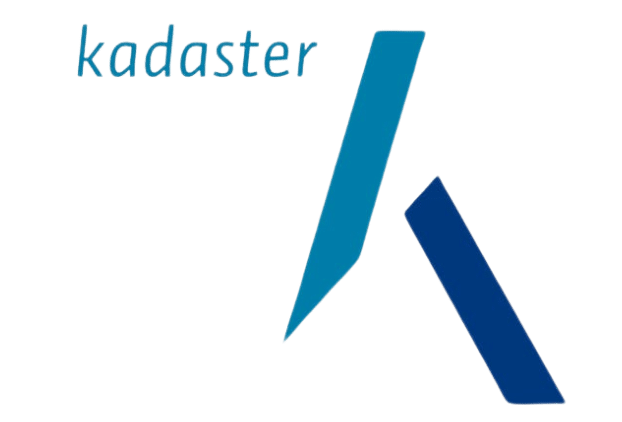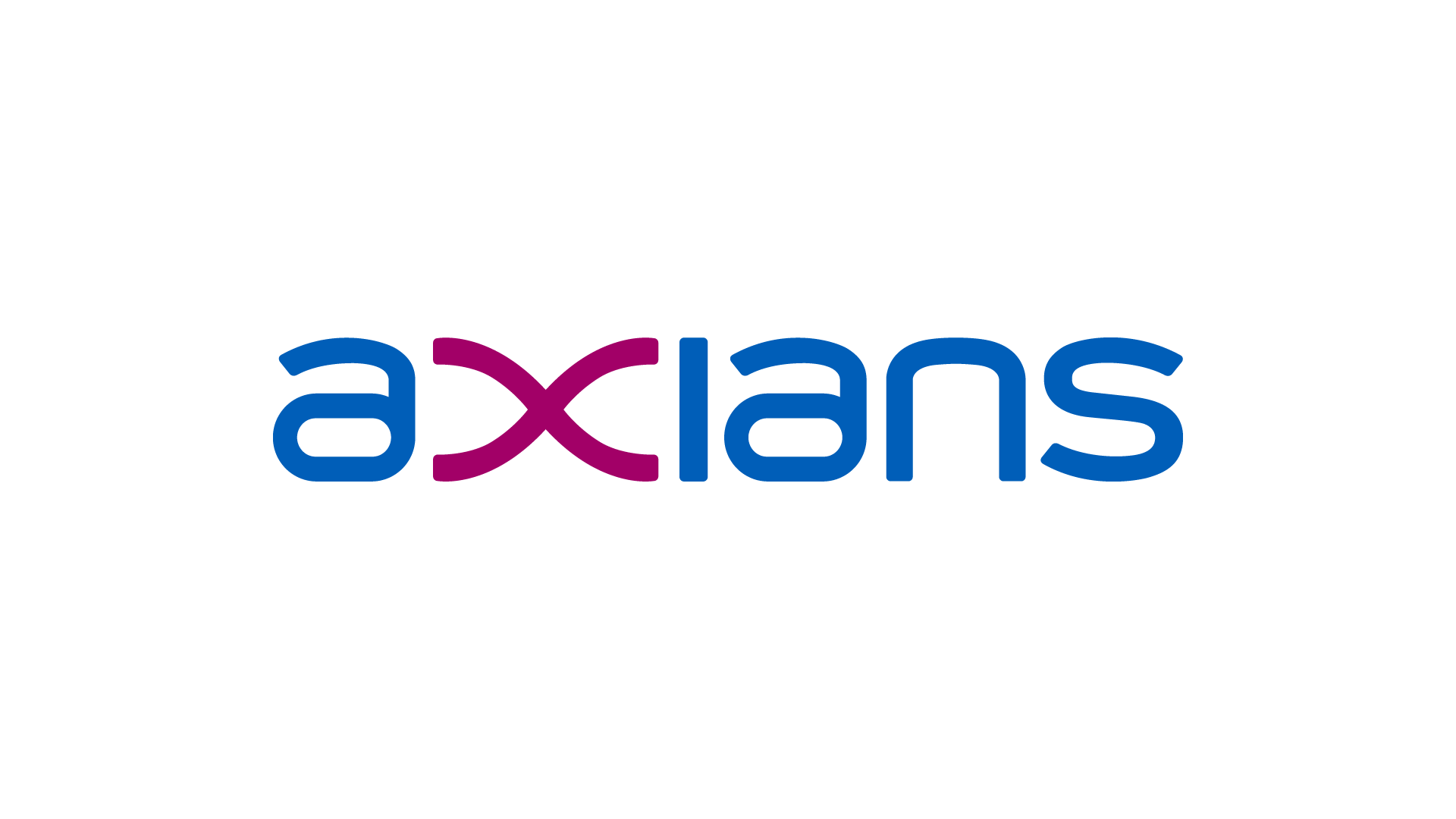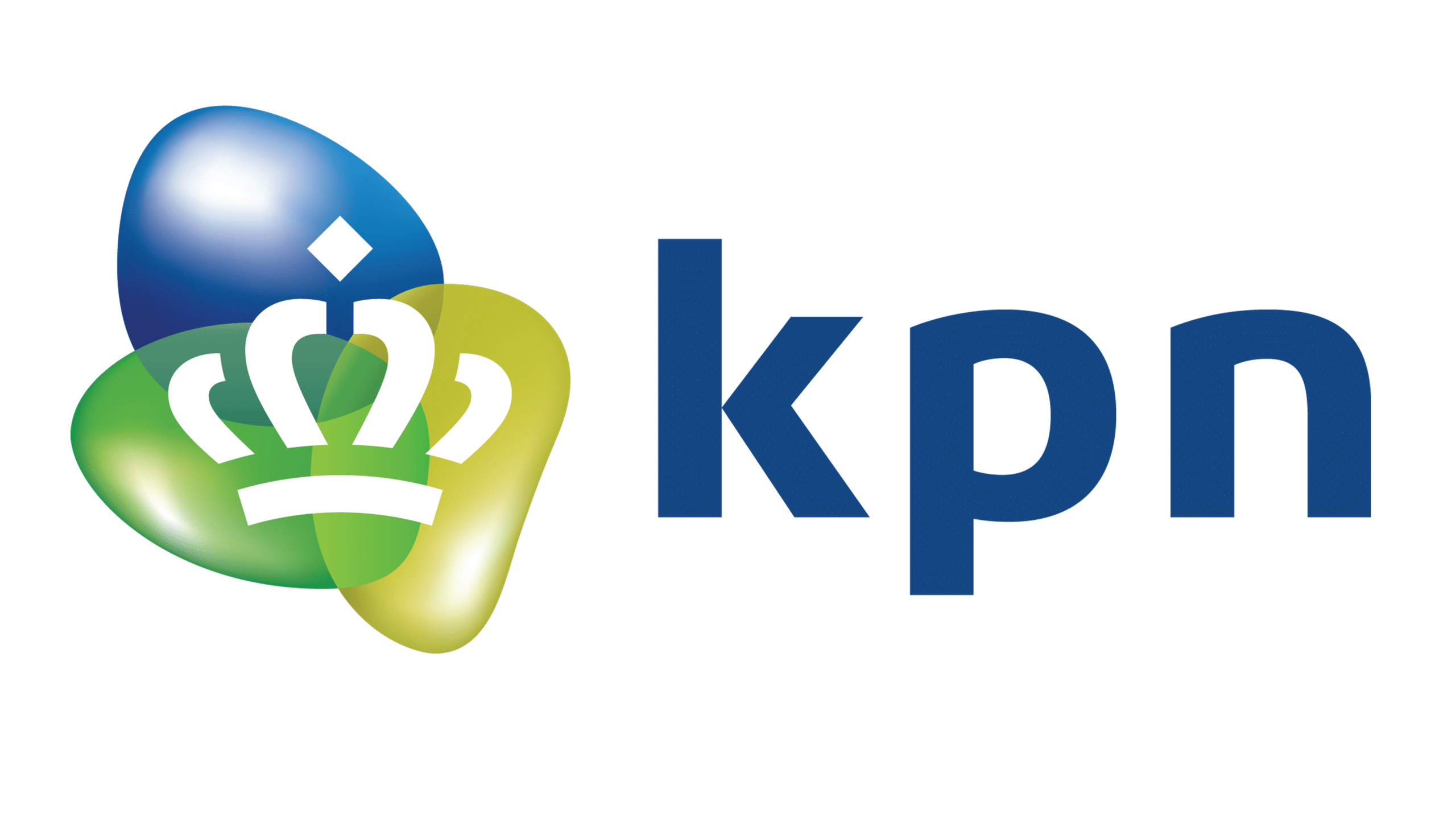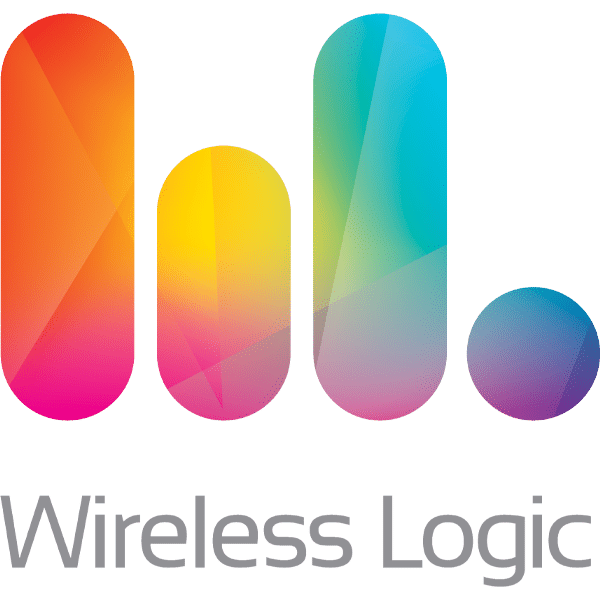Over de Dynamics 365 Finance (MB-310)
De training Microsoft Dynamics 365 Finance (MB-310) is essentieel voor professionals die de dynamische wereld van financieel beheer willen verkennen door gebruik te maken van geavanceerde softwareoplossingen. Deze training is speciaal ontworpen om jou een grondig begrip te geven van de krachtige financiële functies van Microsoft Dynamics 365, een toonaangevend platform voor bedrijfsbeheer.
Deze training duikt diep in de kernaspecten van financieel beheer binnen Dynamics 365. Je leert van alles over financiële rapportage, boekhouding, budgettering en nog veel meer. Deze kennis stelt jou in staat om de financiële processen binnen jouw bedrijf te optimaliseren, waardoor de algehele bedrijfsefficiëntie wordt verbeterd.
De training Microsoft Dynamics 365 Finance (MB-310) gaat verder dan alleen het leren van software; je krijgt ook de gelegenheid om jouw strategische financiële vaardigheden te ontwikkelen. Je leert hoe jij financiële data kunt analyseren en interpreteren en hoe jij deze inzichten kunt gebruiken om strategische beslissingen te nemen die de financiële gezondheid van jouw bedrijf verbeteren.
Let op: Er is geen examenvoucher inbegrepen bij de MB-310 training. Echter kun je een Microsoft MCP examenvoucher eenvoudig bij ons aanschaffen.
Voor wie is de MB-310?
De training Microsoft Dynamics 365 Finance (MB-310) is geschikt voor financiële professionals die hun kennis en vaardigheden willen uitbreiden in het gebruik van geavanceerde financiële software. Deze training is ontworpen om jou diepgaande kennis en praktische vaardigheden te bieden in Microsoft Dynamics 365, een essentieel instrument voor modern financieel beheer.
Deze training is met name geschikt voor de volgende mensen:
- Financiële managers en controllers
- Financiële managers en controllers leren geavanceerde functionaliteiten van Dynamics 365 Finance om de financiële processen en rapportages van hun bedrijf te verbeteren en te stroomlijnen.
- Accountants en boekhouders
- Accountants en boekhouders kunnen door middel van deze training hun vaardigheden verrijken in het gebruik van Dynamics 365 voor het beheren van financiële records en het uitvoeren van nauwkeurige boekhoudkundige taken.
- Financiële analisten
- De training biedt financiële analisten de hulpmiddelen om complexe financiële data te analyseren en om te zetten in bruikbare inzichten die bijdragen aan strategische besluitvorming.
- ICT-professionals en -consultants in financiële software
- ICT-professionals en -consultants leren hoe ze Dynamics 365 Finance kunnen implementeren en aan kunnen passen om te voldoen aan de unieke behoeften van hun bedrijf of cliënten.
- Projectmanagers en teamleiders in financiën
- Leidinggevenden die verantwoordelijk zijn voor financiële projecten of teams zullen profiteren van inzichten in hoe Dynamics 365 Finance kan worden gebruikt om de efficiëntie en productiviteit te verhogen.
Leerdoelen van de MB-310
Na afloop van deze training ben je in staat om financiële taken binnen Dynamics 365 Finance te begrijpen en deze uit te voeren.
Aanbevolen voorkennis MB-310
Voordat je deelneemt aan deze training heb je basisvaardigheden in boekhouding nodig. Deze vaardigheden zijn essentieel voor een diepgaand begrip en effectief gebruik van Dynamics 365 Finance.
Daarnaast is het belangrijk dat jij beschikt over kernvaardigheden in Dynamics 365 Core. Met deze voorkennis ben jij volledig uitgerust om de geavanceerde aspecten van Dynamics 365 Finance te begrijpen en toe te passen, waardoor je de training met succes kunt doorlopen en jouw professionele vaardigheden naar een hoger niveau kunt tillen.
Onderwerpen van de MB-310
MB-310 | Module 1: Overview of Dynamics 365 Finance
This module will discuss the core components of Finance and look at the modules involved.
Lessons:
- Introduction.
- Lesson 1: Overview of Dynamics 365 Finance Features and capabilities.
- Lesson 2: Core components of Dynamics 365 Finance.
- Lesson 3: Overview of financial management modules in Dynamics 365 Finance.
- Lesson 4: Benefits of Dynamics 365 Finance.
- Module summary.
- Knowledge Check.
You learned some of benefits of financial management of Dynamics 365 Finance.
MB-310 | Module 2: Set up and configure financial management
In this module, we will discuss how to create a new legal entity (company) and setup and configure financial management for it. This module includes general ledger.
Lessons:
- Introduction.
- Lesson 1: Create and configure new legal entity.
- Lesson 2: Define and configure the chart of accounts.
- Lesson 3: Configure ledgers and currencies.
- Lesson 4: Implement and manage journals.
- Lesson 5: Implement and manage cash and bank.
- Lesson 6: Implement cost accounting and cost management.
- Lesson 7: Perform periodic processes.
- Lesson 8: Configure, collect, and report taxes.
- Module summary.
- Knowledge Check.
Lab: Exercise 1: Configure a new legal entity
Lab: Exercise 2: Create a chart of accounts and main accounts
Lab: Exercise 3: Create Advanced Rule Structures
Lab: Exercise 4: Create a fiscal calendar, years and periods
Lab: Exercise 5: Import exchange rates by using a provider
Lab: Exercise 6: Create and use Voucher templates
Lab: Exercise 7: Configure and test Accrual schemes
Lab: Exercise 8: Configure and test ledger allocation rules
Lab: Exercise 9: Set up and use Intercompany accounting
Lab: Exercise 10: Create bank transaction types and bank transaction groups
Lab: Exercise 11: Create a bank group and bank account
Lab: Exercise 12: Make deposits and perform payment reversals
Lab: Exercise 13: Use Bank management workspaces
Lab: Exercise 14: Create Cost accounting by using a wizard
Lab: Exercise 15: Perform year end close
Lab: Exercise 16: Configure Indirect sales tax
After completing this module, students will be able to:
- Set up and configure financial management by preparing the G/L and others.
MB-310 | Module 3: Implement and manage shared configuration for A/P and A/R
Dynamics 365 Finance offers extensive functionality for setting up different payment options which are shared between accounts payable and receivable modules.
Lessons:
- Introduction.
- Lesson 1: Configure Terms of payment.
- Lesson 2: Configure payment days, and payment schedules.
- Lesson 3: Configure Cash discounts.
- Lesson 4: Configure Payment calendar.
- Lesson 5: Configure Payment fees.
- Module summary.
- Knowledge Check.
Lab: Exercise 1: Configure Terms of payment
Lab: Exercise 2: Configure Payment Schedule
Lab: Exercise 3: Configure cash discounts
Lab: Exercise 4: Create a payment calendar
Lab: Exercise 5: Configure Payment fees
After completing this module, students will be able to:
- Configure payment and bank information.
MB-310 | Module 4: Implement and manage accounts payable
This topic explains the basic setup of accounts payable and the vendor setup for efficient management of vendors and vendor transactions in Dynamics 365 Finance.
Lessons:
- Introduction.
- Lesson 1: Create and maintain Accounts payable method of payments.
- Lesson 2: Create and maintain Vendor groups and vendors.
- Lesson 3: Create and configure vendor posting profile.
- Lesson 4: Configure invoice validation policies.
- Lesson 5: Process orders, invoices, and payments.
- Lesson 6: Enable and test vendor collaboration portal for a vendor.
- Lesson 7: Configure accounts payable charges.
- Lesson 8: Configure and use Positive pay.
- Module summary.
- Knowledge check.
Lab: Exercise 1: Configure Method of Payment
Lab: Exercise 2: Create Vendor group and vendor
Lab: Exercise 3: Create and configure vendor posting profile
Lab: Exercise 4: Record vendor invoice and match against received quantity
Lab: Exercise 5: Use the vendor invoice matching policy
Lab: Exercise 6: Record invoice by using Invoice register, approval and Invoice journals
Lab: Exercise 7: Process Vendor payment by using a Payment journal
Lab: Exercise 8: Configure vendor collaboration
Lab: Exercise 9: Manage charges
Lab: Video: Vendor payment journal
After completing this module, students will be able to:
- Know that payment options in Dynamics 365 Finance are flexible.
- Set up and use payment schedules.
- Manage cash discount.
- Work with vendor groups.
- Use features such as prepayments.
MB-310 | Module 5: Implement and manage expense management
You can use the Dynamics 365 Finance and Operations apps expense management to create an integrated workflow where you can store payment method information, import credit card transactions, and track the money that employees spend when they incur expenses for your business.
You can also define expense policies and automate the reimbursement of travel expenses. Expense report entry has been redesigned to simplify the experience and decrease the time that is required to complete expense reports. You can turn on this functionality in Feature management. You can add a new setup page to configure the visibility of expense fields, and specify what data is required, optional, or not available when expense reports are entered.
When this functionality is turned on, a new expense workspace is available. This workspace replaces the previous expense workspace and is the landing page for the improved entry experience. Travel and expense management has a strong value proposition for organizations with discretionary spending. Travel and entertainment expenses are a significant part of a company's controllable expense. To help curb these costs, expense management provides a mechanism to define and apply expense policies, in addition to flagging and reporting on abusers of the policies.
Additionally, automating the entry and reimbursement of travel and entertainment expenses reduces processing costs versus manual entry. Expense management has tight integration with other modules such as Accounts payable, General ledger, Procurement, and sourcing and Project management and accounting.
Lessons:
- Introduction.
- Lesson 1: Configure and use expense management.
- Module summary.
- Knowledge check.
Lab: Configure an expense category
Lab: Group discussion: Expense management module
After completing this module, students will be able to:
- Configure expense management.
- Understand expense categories and shared catories.
- Describe per diem.
- Configure expense management parameters.
- Set up expense management workflow.
- Define expense policies.
- Understand audit policies and audit workbench.
- Process expense reports.
- Import and maintain credit card transactions.
- Perform expense receipt processing.
Lab: Exercise 1: Create an Expense Category
Lab: Exercise 2: Create an Expense Policy
Lab: Exercise 3: Create an Audit Policy
Lab: Exercise 4: Create and Submit an Expense Report
MB-310 | Module 6: Implement and manage accounts receivable and credit and collections
You need to configure the Accounts receivable module to be able to perform A/R functionality. You could then create customer invoices, post packing slips, use free text invoices that are not related to sales orders, and receive payments by using several different payment types such as cash, checks, credit cards, and electronic payments from your customers.
Managing prospects and customers properly helps businesses to fulfil some of their requirements, such as customers’ satisfaction. At the same time, proper management avoids loss by checking many factors such as the credit limit and blocking the order being processed if it violates the policies of the company. Salespersons are the key for company’s revenue, and their commissions should be taken care of upon completion of the sales cycle.
Lessons:
- Introduction.
- Lesson 1: Configure Method of Payment.
- Lesson 2: Create and maintain Customer groups and customers.
- Lesson 3: Create and configure customer posting profile.
- Lesson 4: Process orders, invoices, and payments.
- Lesson 5: Configure Accounts receivable charges.
- Lesson 6: Manage credit and collections.
- Lesson 7: Configure revenue recognition.
- Module summary.
- Knowledge Check.
Lab: Exercise 1: Configure Method of Payment
Lab: Exercise 2: Create a new customer group and customer
Lab: Exercise 3: Configure and maintain customers
Lab: Exercise 4: Create and configure customer posting profile
Lab: Exercise 5: Create and process free text invoices
Lab: Exercise 6: Process invoice and settle it against a payment
Lab: Exercise 7: Set up charge codes for Accounts receivable
Lab: Exercise 8: Configure Credit and collections
Lab: Exercise 9: Perform Write-Offs
Lab: Exercise 10: Process credit and collections
Lab: Adjust a temporary credit limit for a customer
Lab: Configure payment methods, terms, and days
After completing this module, students will be able to:
- Configure Method of Payment.
- Describe and configure electronic payment formats.
- Create and maintain Customer groups and customers.
- Create and configure customer posting profile.
- Process orders, invoices, and payments.
- Configure Accounts receivable charges.
- Manage credit and collections.
- Configure revenue recognition.
MB-310 | Module 7: Configure and manage budgeting
Every organization, whether it is private or public, sets financial and operational goals by creating budgets. When the budget is established, management monitors the activities within the budget framework.
Lessons:
- Introduction.
- Lesson 1: Configure and use basic budgeting.
- Lesson 2: Configure and use budget controls.
- Lesson 3: Create and configure registry entries.
- Lesson 4: Configure and use budget planning.
- Module summary.
- Knowledge Check.
Lab: Exercise 1: Configure Basic budgeting components
Lab: Exercise 2: Configure Budget control components
Lab: Exercise 3: Use Budget register entries
Lab: Exercise 4: Configure Budget planning, create and use a planning process
Lab: Create a budget transfer rule
Lab: Video: Create budget register entry
After completing this module, students will be able to:
- Configure and manage Budgeting processes.
- Configure budgeting components incl budget models, codes, allocation terms, cycles, transfer rules.
- Configure budget controls including cycle time spans, budget parameters, budget fund availability, options, budget control rules and groups, and over-budget permissions.
- Implement budget workflows.
- Create and configure registry entries.
- Perform budget checks on documents and journals.
- Create a budget plan including scenarios, stages, allocation stages, stage allocations & templates.
- Define a budget planning process and plan a budget.
MB-310 | Module 8: Configure and manage fixed assets
The way in which fixed assets are handled must correspond to both international accounting standards and the accounting legislation in each country/region. Requirements might include rules for recording acquisition and disposal transactions, depreciation, lifetimes, and write-ups and write-downs of fixed assets. The Fixed assets functionality incorporates many of these standards and rules.
Lessons:
- Introduction.
- Lesson 1: Configure Fixed assets components.
- Lesson 2: Manage Fixed assets.
- Lesson 3: Fixed asset acquisition, depreciation and disposal.
- Lesson 4: Fixed asset integration.
- Module summary.
- Knowledge Check.
Lab: Exercise 1: Configure fixed assets components
Lab: Exercise 2: Set up and create depreciation profiles
Lab: Exercise 3: Acquiring an Asset Using the Fixed Assets Journal
Lab: Exercise 4: Depreciating and disposing an asset
After completing this module, students will be able to:
- Implement and manage fixed assets.
- Create fixed assets and fixed assets groups.
- Describe and configure fixed asset books and depreciation.
- Configure Fixed asset parameters.
- Fixed asset acquisition and depreciation.
- Fixed asset leasing.
- Dual currency with Fixed assets.
- Organization-wide fixed asset identifiers.
- Fixed asset disposal.
- Create fixed asset budgets and transfer the budgets to the budgeting module.
- Estimate and perform an elimination of a project to a fixed asset.




























